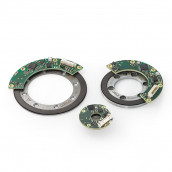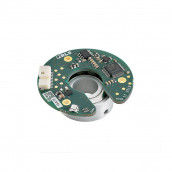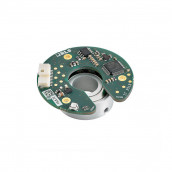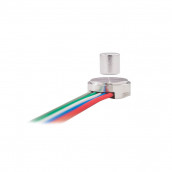Humanoid robots
Humanoid robots need precise position feedback for balance, coordination, and agility. RLS magnetic encoders offer compact, accurate, and reliable solutions which enable stable walking, smooth motion, and safe interaction in complex robotic systems.
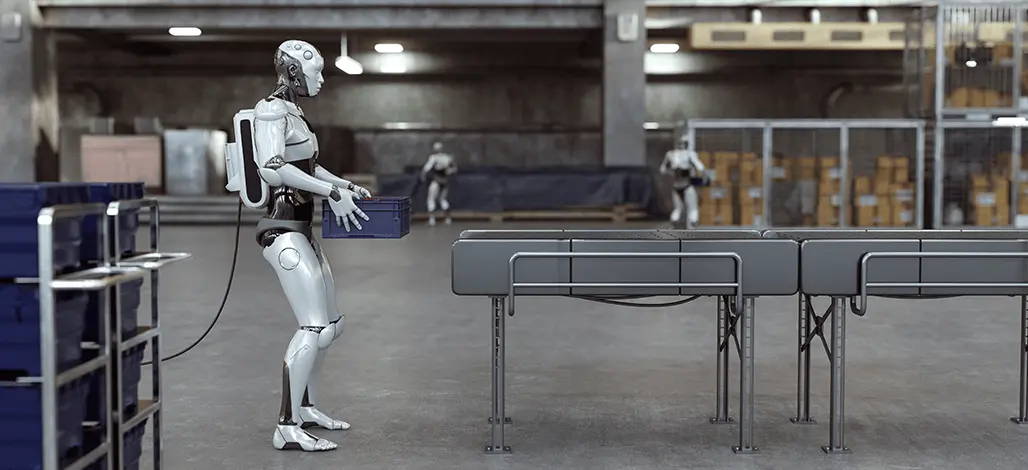
Outstanding performance
RLS™ non-contact magnetic encoders ensure high accuracy and reliability, enabling smooth and precise motion control across the complex kinematics of humanoid robots.
Compact and integration-optimized design
Low-profile encoders fit easily into the tight spaces of humanoid joints, wrists, fingers, and necks—without compromising performance.
High reliability
Thanks to non-contact magnetic encoder technology, RLS sensors bring reliable operation for years to come.
Variety of sizes and configurations
Encoders are available in multiple form factors to suit different joints and mechanical setups in humanoid robots. Multiple resolution options and communication protocols are availble.
Why RLS magnetic encoders?
Industry Challenges
- High joint count with tight integration space
- Lightweight and energy-efficient system requirements
- Complex assembly with limited access to joints and components
- Need for reliable and safe operation near humans
- Accurate position sensing across full joint range of motion
RLS Solutions
- Wide range of resolutions
- Industry standard absolute or incremental output options
- High dynamic response
- High accuracy
- Wide installation tolerances
- High reliability
- Low power consumption
- Immune to external magnetic stray fields
- Compact, lightweight designs
Recommended encoders for different types of robot joints
Larger joints (e.g. shoulders, elbows, hips, knees)
For these joints, compact off-axis encoders like AksIM-2 are ideal. They provide high-resolution absolute feedback in a low-profile hollow ring design, making them well-suited for integration into bulky, load-bearing joints.
Rotating joints with limited space or alignment challenges
Encoders such as Orbis are a strong fit here. Their through-shaft design, flexible mounting, and support for various communication protocols make them ideal for dynamic joints like shoulders, elbows, or wrists.
Small and lightweight joints (e.g. fingers, grippers)
Miniature encoders like RM08 are best for these applications. Despite their small size, they deliver accurate high-speed feedback with low power consumption, perfect for fine motor control in robotic hands or end-effectors.
PAL robotics success story
"What we like most is the wide range of options and the ability to customize each component. RLS encoders have many configurations - it is possible to choose from many different communication protocols, sensor sizes and interfaces. The more parameters for us, the better, because we want to make robots lighter, more compact and more powerful".




